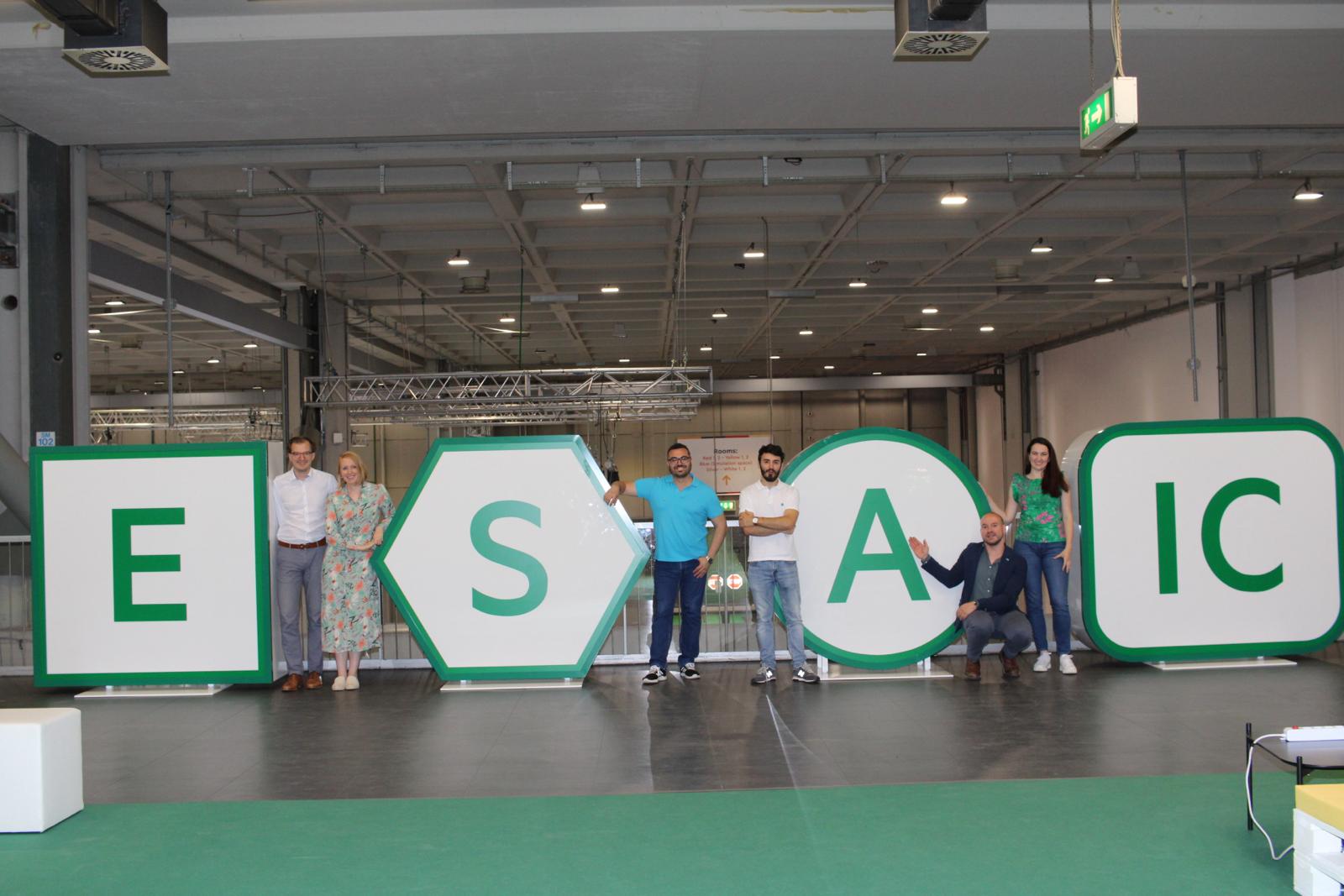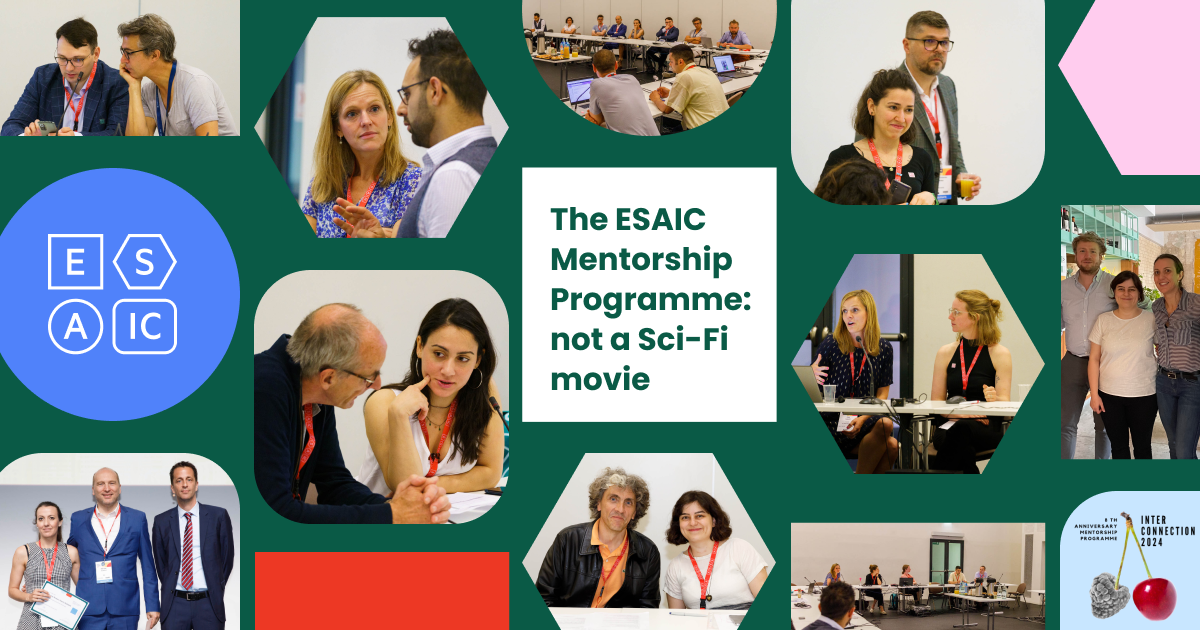ESAIC News
EA20 Newsletter: Session WFSA4: Occupational wellbeing in healthcare providers during Covid-19 pandemic
Symposium organised by the World Federation of Societies of Anaesthesiologists (WFSA)
Saturday 28 November, 1330-1430H, Channel 9
This first talk in this three-part session on “burnout and depression of healthcare providers during COVID-19: diagnosis and approach” is by Dr Miodrag Milenovic, University of Belgrade, and Clinical Center of Serbia, Emergency Center, Belgrade, Serbia.
“The anaesthesiology profession is a highly stressful medical speciality. With the deadly, contagious COVID-19 outbreak, anaesthesiologists and intensivists are again frontline fighters for patients’ lives, safety and quality of life, all the time risking their own,” says Dr Milenovic, who is also a member of the WFSA Professional Wellbeing Committee.
The data are showing high morbidity and mortality in the general population and even higher in healthcare professionals. Family economic uncertainty, international and national lockdowns, social isolation, lack of support and disruption to previously established routine in personal lives have all come together to produce a significant deterioration in professional wellbeing of anaesthesiologists, intensivists and other healthcare providers.
“Numerous studies have been performed and published in last several months, analysing potentially harmful factors on our mental health,” explains Dr Milenovic. “Based on this literature alert letter from the WFSA Professional Wellbeing Committee, we pointed to several factors contributing to significant professional uncertainty: in the transmission of the virus, risks of intubation of suspected COVID-19 patients, fear of infection and spreading to co-workers and families, dramatic deterioration of patients status, respiratory distress and mechanical ventilation, initial shortage of personal protective equipment (PPE) and unavailability of rapid and reliable COVID-19 testing: all adding an additional burden.”
He concludes: “We are seeing a high level of post-traumatic stress disorder, intrusive thoughts, anger, loss of motivation at work, insomnia, nightmares, anxiety disorder and depressive disorder. Also, what we would call an ‘emotionally drained state’ is being detected in high numbers of healthcare professionals.”
The second talk is on “pathological changes of the occupational well-being in the health care providers during COVID-19” and the first section of this, on individual and institutional responsibilities and support, is delivered by Fauzia Anis Khan, Professor of Anaesthesiology, The Aga Khan University, Karachi, Pakistan.
“Anaesthesiologists have been at the forefront of COVID-19 pandemic and are particularly at risk of suffering both physical and emotional effects. There are several individual and organisational strategies that can be put in place to tackle their wellbeing. Self-strategies that are recommended are adequate rest and sleep, consistent work breaks, help-seeking behaviour, emotional control and acceptance of limitations of own competence and the health care systems, “ explains Prof Khan.
She will highlight that several online training programs are available for individual guidance. Organisations can also support their staff in different ways. “It is important to recognise those who are more vulnerable physically and emotionally,” she says. “Institutions should implement stress reduction strategies, provide adequate PPE, and should be able to communicate with their employees in a clear and honest manner, and enforce infection control policies.”
In addition, Prof Khan recommends that institutions need to take other physical measures where resources permit, like provision of negative pressure rooms and to provide updated and accurate information. Both personal and psychological support is needed. Several different models have been suggested for emotional support. She concludes: “One particularly vulnerable group that requires additional assistance are those in quarantine. Last but not the least in addition to the implementation of all these measures it is imperative to sustain these activities.”
“Burnout Prevention Strategies in the era of COVID-19” will be the final talk delivered Stuart Brooker MD, Assistant Professor of Anesthesiology, Emory University Hospital Midtown and Emory University School of Medicine, Atlanta, Georgia, USA,
The incidence of burnout among healthcare providers remains distressingly high. Burnout may be defined as “a syndrome characterised by high emotional exhaustion, high depersonalisation (i.e. cynicism), and a low sense of personal accomplishment”. Current estimates of the prevalence of burnout are between 78-80% in surveys of British and American physicians. Burnt-out providers are more likely to deliver sub-optimal care and may become a threat to themselves due to self-harm and/or suicide.
“Burnout has many causes, but it usually occurs in the setting of high personal stressors and unrealistic expectations in the workplace,” explains Dr Brooker. “The COVID-19 pandemic has exacerbated most pre-existing stressors and created new ones such as fear of exposure and lack of adequate PPE.”
Given this reality, it is important for institutions and individuals to develop strategies to increase resilience and limit burnout. Hospitals and healthcare entities must prioritise provider health as they carry out pandemic plans. Resources must be devoted to ensuring that providers feel supported as they deliver life-saving care in challenging situations. Providers must develop their own strategies to mitigate what will undoubtedly be significant workplace stressors.
He concludes: “Wellness plans for individuals should be formulated and carried out with the same vigour we propose treatments for our patients. Denial and stigma can keep providers stuck in a circle of despair. Sensitive leadership is needed to be aware of the problems providers are facing and make appropriate interventions when necessary.”
Read More of our special newsletter covering our virtual congress
Visit our COVID-19 Resource Hub for other news and resources.











